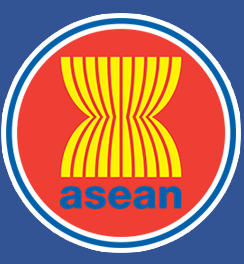ASEAN Journal on Science and Technology for Development
Abstract
Purpose: Cardiac output (CO) and Mean Arterial Pressure (MAP) are two haemodynamic variables that need regulation in clinical situations, particularly in post-cardiac surgery patients. As it is difficult for clinical personnel to monitor continuously, automatic drug infusion to regulate MAP and CO is recommended and essential in the medical environment. Methods: Two input and two output patient model was used in this work to study the variation of haemodynamic variables in response to the infusion of Dopamine (DP) and Sodium Nitroprusside (SNP) drugs. Model predictive control (MPC) algorithm was exercised here as it was a well-established technique to regulate output variables in case of interactions among the system's inputs and outputs. Although MPC is good technique in optimal control problems, it has its limitations such as sensitivity to model uncertainties, requires good initial guesses, and one should comprise on choice of receding horizon as there will be a trade-off between computational complexity and capturing dynamics of the system. So, we thought of considering alternative and better approach of incorporating Laguerre polynomials in MPC algorithm. The originality of this work is using Laguerre polynomial-based Model Predictive Control. It is a sophisticated approach that utilizes the properties of Laguerre polynomials to formulate a control strategy. Laguerre polynomials are orthogonal polynomials that can be used to approximate functions with better convergence and stability. This advantage of Laguerre polynomials motivated us to use them in modelling the drug infusion trajectory for this problem of regulating the haemodynamic variables. The optimization problem to regulate CO and MAP is formulated in such a way that it leverages the orthogonality of Laguerre polynomials, which helps in simplifying the solution process. The optimisation was performed with an aim to get an optimal drug infusion rate and to nullify the error between desired and output responses of haemodynamic variables. Results: The responses were recorded for both hypertensive and hypotensive patient conditions. It was shown in the results that CO and MAP are maintained at pre-set values for all the cases. The responses are also shown by changing the parameters of the patient model to confirm the reliability of the controller. Conclusion: Drug infusion function can be modelled by using Laguerre polynomials and thus can be employed in the MPC algorithm to regulate haemodynamic variables.
Keywords
Mean Arterial Pressure; Cardiac output; Sodium Nitroprusside; Dopamine; Laguerre polynomials; Orthonormal basis functions; Model Predictive Control
Publication Date
2025
Received Date
28/12/2023
Revised Date
15/10/2024
Accepted Date
04/12/2024
Recommended Citation
Boda, Sai Sandeep; Patel, Hiren Kumar G.; and Mistry, Khyati D.
(2025)
"Regulation of haemodynamic variables by Laguerre polynomials based model predictive control.,"
ASEAN Journal on Science and Technology for Development: Vol. 42:
No.
1, Article 13.
DOI: https://doi.org/10.61931/2224-9028.1614
Available at:
https://ajstd.ubd.edu.bn/journal/vol42/iss1/13

